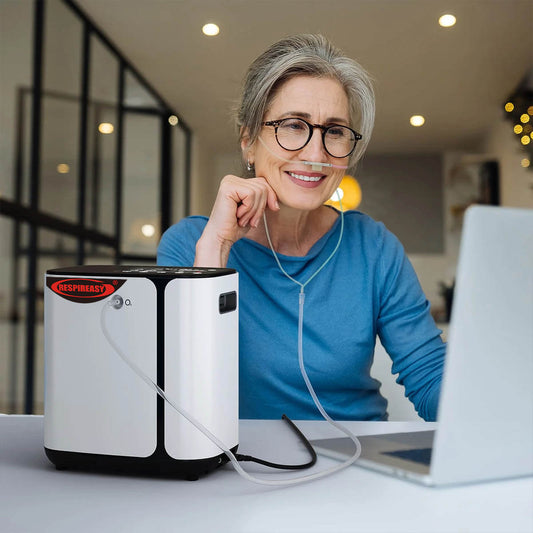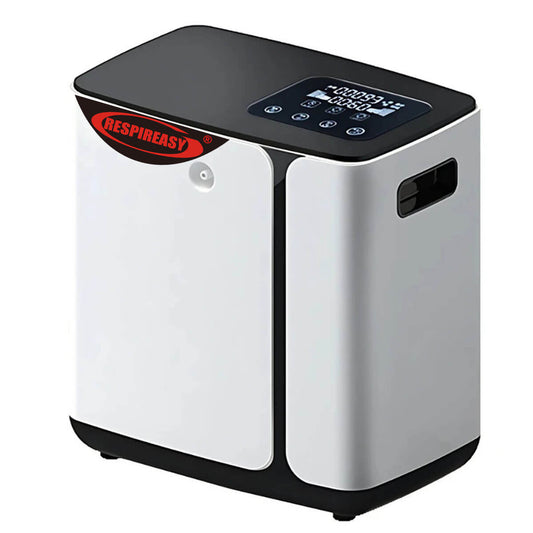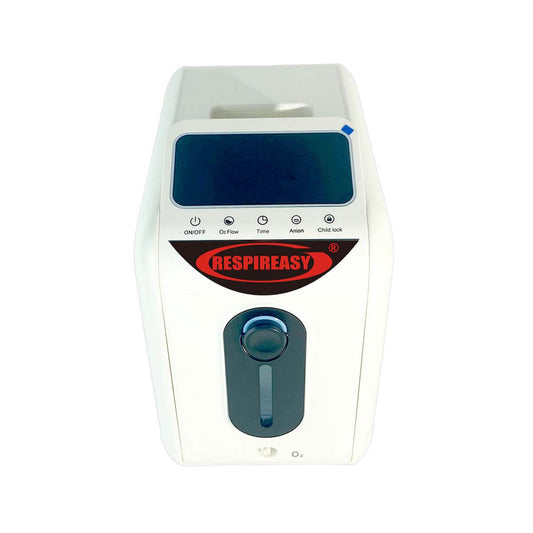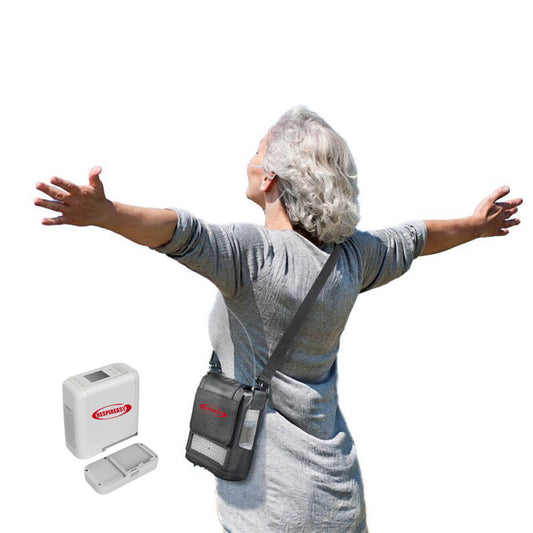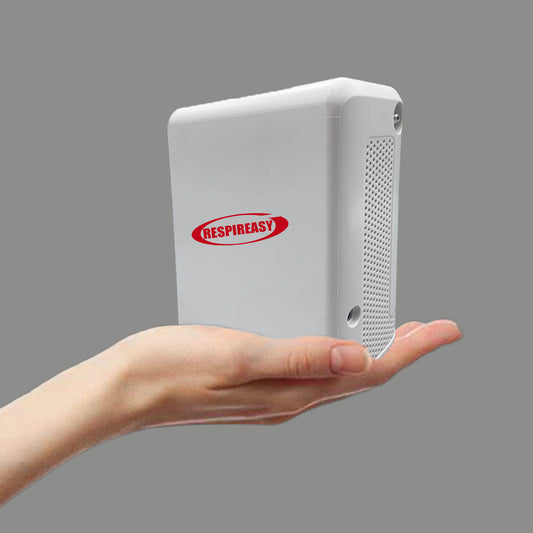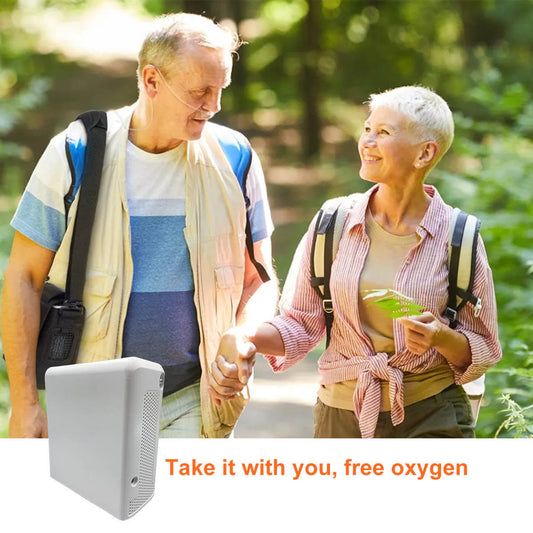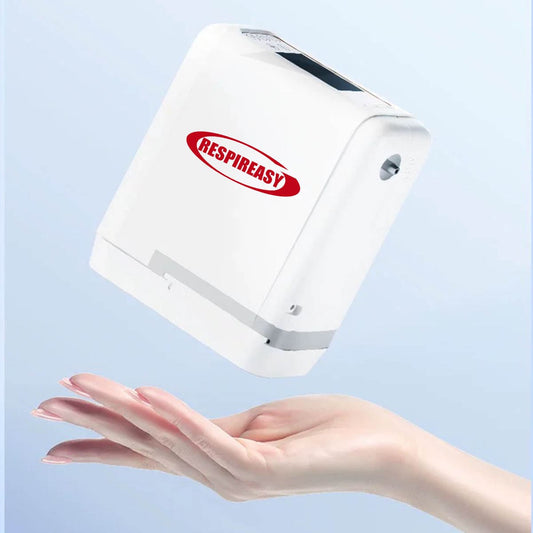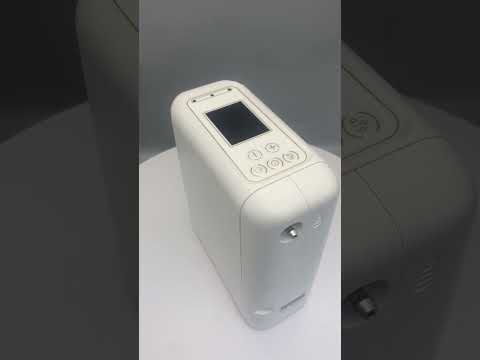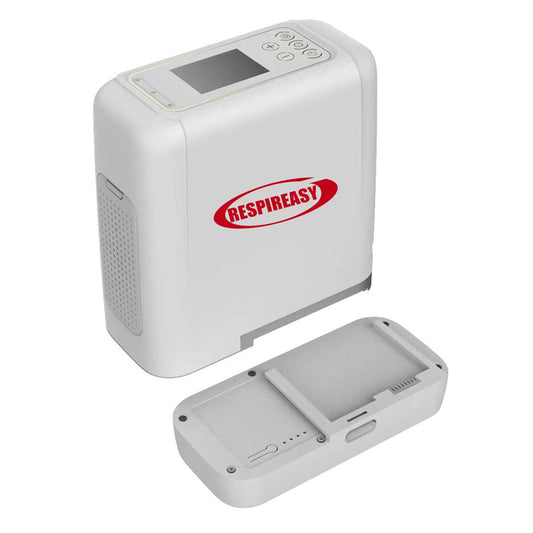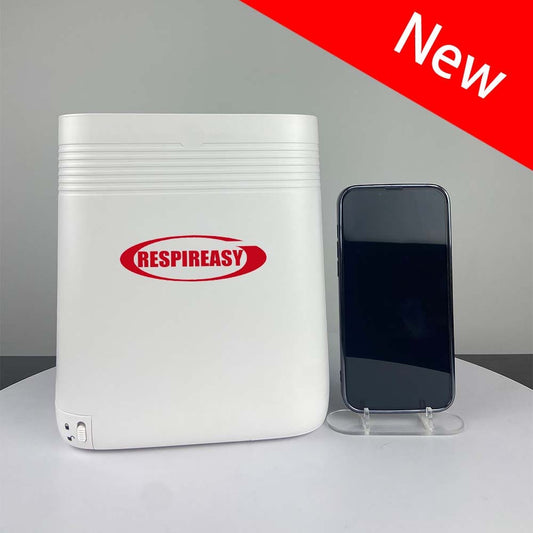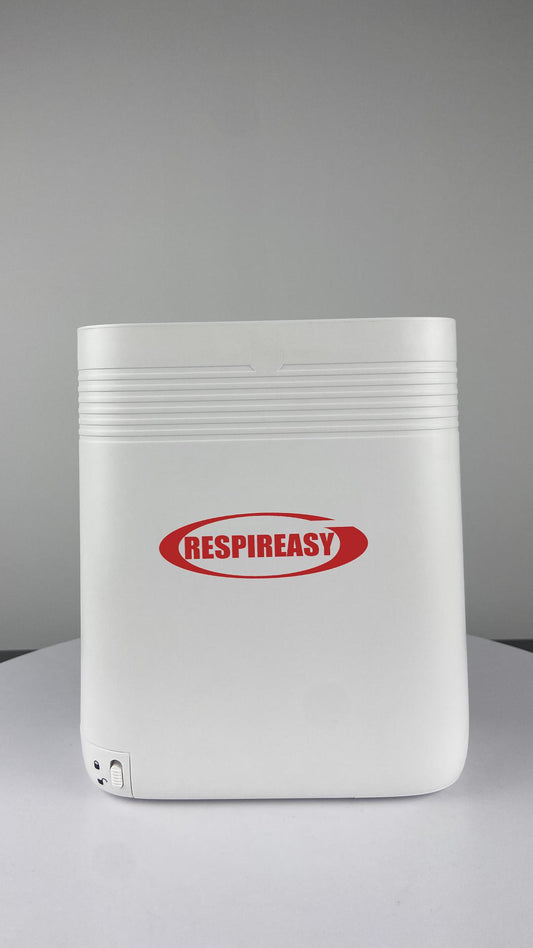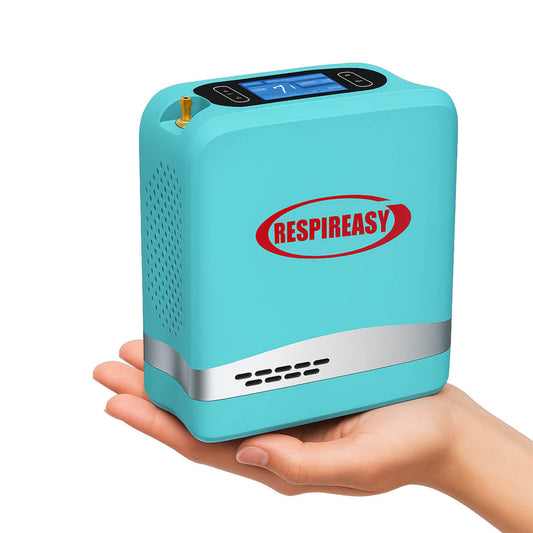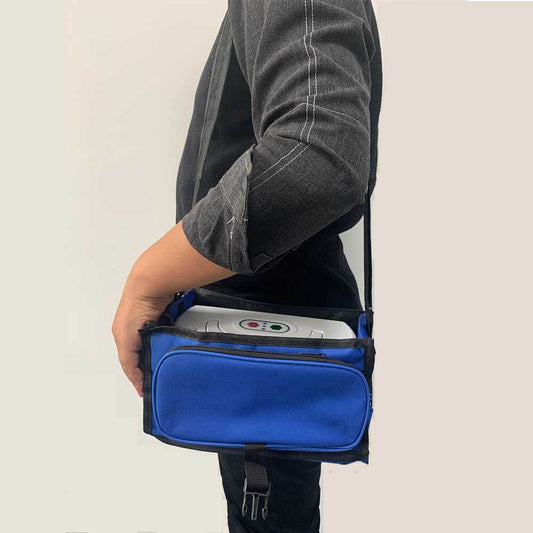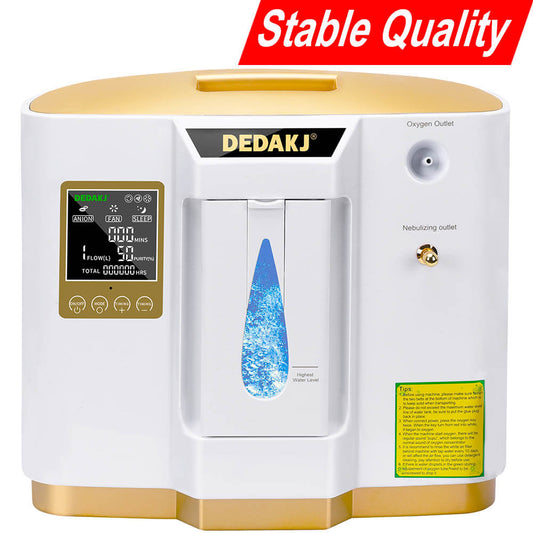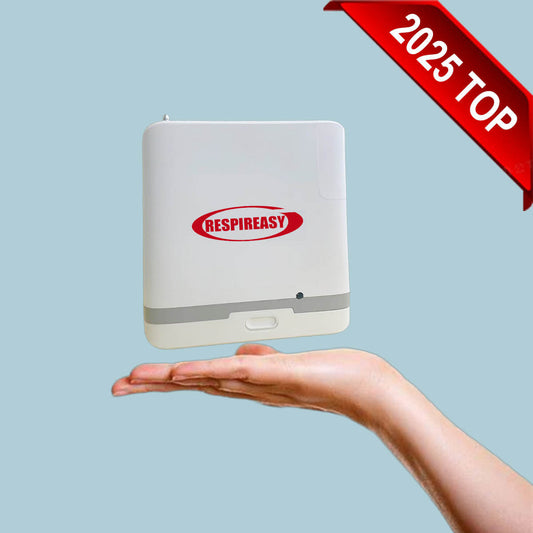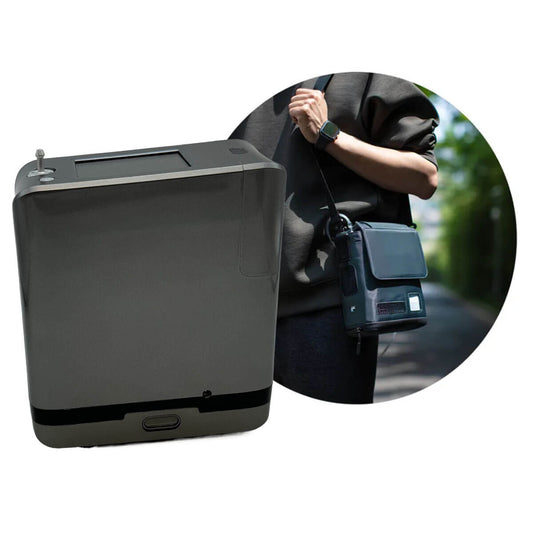Do You Know How The Oxygen Generator Produces High-Purity Oxygen?
Do You Know How The Oxygen Generator Produces High-Purity Oxygen?
Oxygen concentrators are medical devices that help people with low levels of oxygen in their blood. They are powered by plugging the device into an electrical outlet or using batteries. If using a battery, it will need to be plugged into an electrical outlet to recharge. Most concentrators also come with an adapter so you can use the device while driving.
The oxygen generator compresses the air, purifies it, and then extracts pure oxygen. Air is composed of 80% nitrogen and 20% oxygen. Oxygen concentrators will separate nitrogen and air to provide patients with high doses of oxygen, and without the help of medical equipment, it is difficult for us to obtain 100% oxygen.
The working principle of the oxygen generator - converting air into oxygen
First, let's break down the parts of the oxygen generator, as shown in the figure:



Purchasing link:
The components that make up the oxygen machine are as follows:
Primary and secondary filters: the filter has the ability to filter out air impurities
Air Compressor: It helps to push the room air into the machine and pushes it into the molecular sieve bed.
Filters: Filters help filter out impurities from the air.
Molecular Sieves: These sieves have the ability to trap nitrogen gas.
Switching Valves: These valves help to switch the compressed air flow between molecular sieve columns.
Flow Meter: Helps set the flow rate per minute in liters.
The oxygen generator passes the air through a filter to filter it. In terms of filtration design, domestic oxygen generators are mostly designed as a 1-stage or 2-stage filtration system. Some imported oxygen concentrators can reach a 3-stage filtration system, and a few imported oxygen concentrators with better quality can reach a 4-stage filtration system. Through filtration, you can get clean air.
Next, the oxygen concentrator adopts the adsorption performance of molecular sieves, and uses the oil-free compressor as the power through physical principles to separate the nitrogen and oxygen in the air, and finally obtain high-concentration oxygen.
Using zeolite molecular sieve as the adsorbent, the principle of pressure adsorption and decompression desorption is used to absorb and release oxygen from the air, thereby separating oxygen.
From the picture, you can see two integrated molecular sieve tanks with an oxygen storage tank in the middle. This molecular sieve tank will absorb 78% of the nitrogen in the air when it is pressurized, and then the separated oxygen enters the oxygen storage tank. When the pressure in the molecular sieve tank reaches a certain value, the solenoid valve will control the air to enter another molecular sieve tank, then absorb the nitrogen in the air, and the separated oxygen enters the oxygen storage tank. The two molecular sieve tanks are alternately pressurized and alternately produced oxygen, which continuously stores oxygen in the oxygen storage tank.
Finally, the pipeline of the oxygen storage tank will be connected to the flow meter and adjusted to the corresponding flow concentration for us, and high-concentration oxygen will enter our oxygen pipe through the oxygen outlet. There will also be a humidification bottle connected to the oxygen outlet, and this water bottle will be used to humidify the oxygen that is too dry.
Is the oxygen generator suitable for day and night?
Oxygen concentrators have two settings for receiving oxygen: pulse dose and continuous flow. Pulse dose mode is typically used for daytime use as it delivers air according to your breathing rate. Concentrators with pulse dose technology are also more compact in design and have longer battery life.
The continuous flow mode provides a constant airflow through the tubing. This mode is the best choice for people who need oxygen while sleeping.
Advantages of oxygen generator
There are many advantages to both portable and home oxygen concentrators for patients requiring oxygen therapy. They are far less dangerous than traditional oxygen cylinders which, if broken or leaking, can cause or increase the rate at which a fire burns. Oxygen concentrators, on the other hand, pose no such danger. Home and portable oxygen concentrators, which can "make" their own oxygen, have become more popular and widely available than old-fashioned oxygen tanks. Another major benefit is ease and increased ability to move with oxygen. Portable oxygen concentrators provide essential oxygen wherever users go, even on airplanes.






























